This article was medically reviewed by Sarah Gehrke, RN, MS. Sarah Gehrke is a Registered Nurse and Licensed Massage Therapist in Texas. Sarah has over 10 years of experience teaching and practicing phlebotomy and intravenous (IV) therapy using physical, psychological, and emotional support. She received her Massage Therapist License from the Amarillo Massage Therapy Institute in 2008 and a M.S. in Nursing from the University of Phoenix in 2013.
There are 12 references cited in this article, which can be found at the bottom of the page.
wikiHow marks an article as reader-approved once it receives enough positive feedback. In this case, 92% of readers who voted found the article helpful, earning it our reader-approved status.
This article has been viewed 176,181 times.
Paronychia is an infection of the skin around a fingernail or toenail. Symptoms include redness, pain, and swelling around a nail. There are acute and chronic forms of paronychia, and both are almost always easily treated. For acute paronychia, soaking the area in warm water a few times a day usually does the trick. If it doesn't get better within a week, your doctor might prescribe antibiotics. Chronic paronychia is usually caused by fungi and often affects multiple areas. Your doctor will likely prescribe an antifungal ointment, and the infection might take a few weeks to clear.[1]
Steps
Soaking the Area in Warm Water
-
1Fill a bowl or basin with warm tap water. Most cases of acute paronychia can be treated by soaking the area in warm water a few times a day. Use a bowl if you need to soak a finger or a basin to soak your feet. The water should be very warm, but not so hot that it causes pain or discomfort.[2]
- Acute paronychia is short-term and develops suddenly. It usually affects a single finger or toe, and is often due to a bacterial infection. Symptoms include redness, swelling, pus, and throbbing pain around your nail.
-
2Add salt or saline solution if your skin is broken. Warm water alone will do the trick if you just have a patch of red, swollen skin. If you have a cut, you can add a few tablespoons of table salt, Epsom salt, or saline solution to your warm water.[3]
- You can still add salt if your skin isn't broken. Some people enjoy soaking their feet in warm water and Epsom salts.
- Avoid using alcohol or hydrogen peroxide to clean the area, as these can slow healing.[4]
Advertisement -
3Soak your finger or toe for 20 minutes 3 to 4 times a day. If the water cools down before 20 minutes, add hot water to warm it up or replace it with a fresh bowl. Usually, acute paronychia goes away after a few days of regular warm water soaks.[5]
- Warm water increases blood flow to the affected area, which helps your body fight the infection.
-
4Dry the area and, if desired, apply petroleum jelly and a bandage. Dry off with a clean towel after soaking. For mild cases with unbroken skin, you don’t have to apply a bandage. If your skin is broken, you can apply a thin layer of petroleum jelly or antibacterial ointment, then cover it with a bandage.[6]
- Dressing the area is optional, but it's wise to protect broken skin if you'll be working with your hands or exposing them to germy environments.
- Take off the bandage before warm water soaks, and change it when it gets wet, such as when you wash your hands or take a shower.
- Use a cotton swab to apply ointment or petroleum jelly. Throw the swab away after using it, and don’t dip it back into the container after touching your skin with it.
-
5Keep your hands clean and avoid biting or sucking your fingers. Wash up regularly with soap and hot water (not so hot that it burns). While you should keep your hands away from your face in general, it’s especially important not to bite or suck your fingers while you’re treating paronychia.[7]
- If you’re treating your child’s infection and they can follow instructions, let them know that they need to keep their hands out of their mouth or their boo-boo won’t get better.
- If they don’t understand language yet, do your best to keep them from biting or sucking their fingers. Their pediatrician might recommend antibiotics to prevent complications due to bacteria in their mouth.
Seeking Medical Treatment for Acute Paronychia
-
1Consult your doctor if you have diabetes. If you’re diabetic, you should have your doctor look at a nail infection before attempting to treat it on your own. Diabetes can interfere with your body’s ability to fight infections, so your doctor might recommend an antibiotic or antifungal medication.[8]
-
2Call your doctor if your symptoms don’t improve after a week. If you’ve soaked the affected area for a week and symptoms persist or worsen, your doctor might recommend antibiotics or an antifungal medication. Schedule an appointment and have them examine the infection. They might order a culture to determine the best treatment method.[9]
-
3Schedule an appointment if you develop an abscess. Call your doctor promptly if you notice an abscess, or a painful, pus-filled lesion. They’ll numb the area, make a small incision to drain the abscess, then dress the wound with gauze and a bandage.[10] Change the dressing 2 to 3 times a day, and keep the area bandaged for 2 days.
- An abscess looks like a swollen mass and is tender or painful to touch. Without an abscess, your finger might only feel swollen and throb. If you have an abscess, the swelling will be worse and more painful, and it'll feel like it's filled with something. As an abscess develops, it might start to come to a head like a pimple and seep pus.
- Never try to drain an abscess on your own. You could expose the area to more germs or cause the infection to spread.
-
4Start warm water soaks 2 days after having an abscess drained. If you’ve had an abscess drained, keep it dressed and change the bandages regularly for 2 days. After 2 days, remove the bandage, and soak the area in warm water for 15 to 20 minutes 3 to 4 times a day until your symptoms improve.[11]
- You should notice healing after 2 days and might not need a bandage. If your skin is still broken and you want to protect it, bandage it after soaking. If you desire, keep bandaging it until the wound has closed.
-
5Ask your doctor if they recommend antibiotics. Depending on your symptoms’ severity and culture results, your doctor might prescribe antibiotics after draining an abscess or to treat persistent symptoms. Take any prescriptions according to their instructions. Keep taking your medicine for as long as they prescribe, even if you feel better.[12]
- Stopping antibiotics early could cause an infection to return.
Treating Chronic Paronychia
-
1Ask your doctor to recommend an antifungal medication. Chronic paronychia is usually caused by a fungal infection, and often affects multiple fingers or toes. Symptoms include redness, swelling, pain, and boggy or moist skin. Your doctor will likely order a culture and other tests to accurately diagnose chronic paronychia. They’ll then prescribe a medication to fight the infection based on their findings.[13]
- Typically, doctors prescribe a topical antifungal ointment, which you’ll apply to the affected areas 2 to 3 times per day. Always take any prescriptions according to your doctor’s instructions. It could several weeks before a fungal infection clears.
- Fungal and bacterial infections can occur at the same time, so your doctor might prescribe multiple medications.
-
2Keep your hands clean and dry. Wash your hands regularly, including before you apply an antifungal ointment. Dry your hands thoroughly after washing or whenever they’re exposed to water. Try to keep them away from moisture during your daily activities.[14]
- Be sure to keep your hands away from your face and mouth.
-
3Wear gloves if you have to work with irritating substances. It’s hard to avoid exposure to water and irritating cleaning agents in occupations such as bartending, dishwashing, and house cleaning. You’ll need to protect your hands if they’re constantly wet or exposed to chemicals. If possible, wear 2 layers of gloves: cotton gloves to absorb moisture and vinyl or rubber gloves over them to repel water and chemicals.[15]
- You’ll need to wear gloves while you experience symptoms. It’s also best to continue wearing them whenever your hands are exposed to prolonged moisture or irritating chemicals. This will help prevent future occurrences of chronic paronychia.
-
4Discuss surgical options if necessary. Minor surgery might be necessary if the infection has spread beneath your nail beds or hasn’t responded to nonsurgical treatments. Your doctor might have to remove part or all of the nail and apply antifungal ointment to the exposed nail bed.[16]
- You’ll need to rest and avoid using the affected finger or toe for 2 days after nail removal. Try to keep it raised above your heart level to prevent bleeding and throbbing. Take prescription or over the counter pain relievers according to your doctor’s instructions.[17]
- Keep the dressing dry, and change it after 1 to 7 days. Your doctor will tell you how long to leave the bandage in place and instruct you how to change it.
References
- ↑ https://www.aafp.org/afp/2008/0201/p339.html
- ↑ https://www.ncbi.nlm.nih.gov/books/NBK544307/
- ↑ https://www.ncbi.nlm.nih.gov/books/NBK544307/
- ↑ https://myhealth.alberta.ca/Health/aftercareinformation/pages/conditions.aspx?hwid=uf8037
- ↑ https://my.clevelandclinic.org/health/diseases/15327-nail-infection-paronychia
- ↑ https://dermnetnz.org/topics/paronychia
- ↑ https://familydoctor.org/condition/paronychia/
- ↑ https://my.clevelandclinic.org/health/diseases/15327-nail-infection-paronychia
- ↑ https://www.aboutkidshealth.ca/article?contentid=767&language=english
- ↑ https://dermnetnz.org/topics/paronychia
- ↑ http://www.aafp.org/afp/2001/0315/p1113.html#afp20010315p1113-b3
- ↑ https://medlineplus.gov/ency/article/001444.htm
- ↑ https://emedicine.medscape.com/article/1106062-medication
- ↑ https://www.health.harvard.edu/pain/paronychia
- ↑ http://www.aafp.org/afp/2001/0315/p1113.html#afp20010315p1113-b3
- ↑ http://www.aafp.org/afp/2001/0315/p1113.html#afp20010315p1113-b3
- ↑ https://emedicine.medscape.com/article/1126725-treatment#d12
About This Article
Acute paronychia is the infection of your skin around a fingernail or toenail. Symptoms include redness, swelling, and pain around the nail. You can treat it by adding 1 tablespoon of epsom salt to some water and soaking the affected area in it 2 to 3 times a day. However, you'll need to see your doctor if it doesn't clear up after a week. Chronic paronychia is caused by a fungal infection and often affects several fingers and toes. You'll likely see swelling, moist skin, and redness if you've got chronic paronychia. You'll need to see your doctor to get an anti-fungal medication to treat it. You should also wash your hands regularly and keep them as dry as possible to combat the fungal infection. For tips from our Medical co-author on how to treat an abscess that develops as a result of paronychia, keep reading.

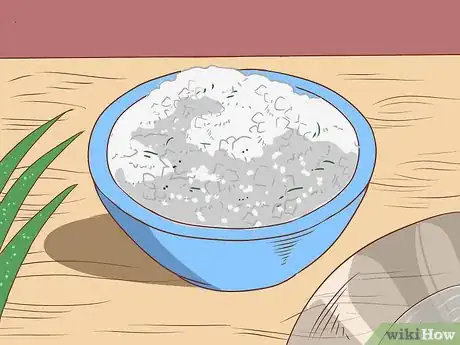
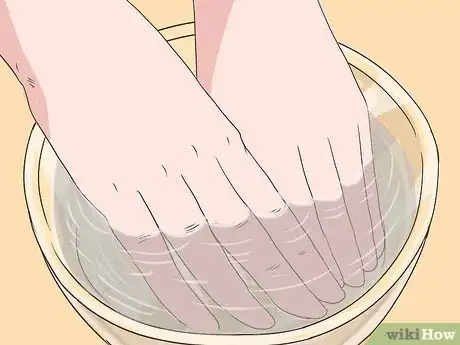
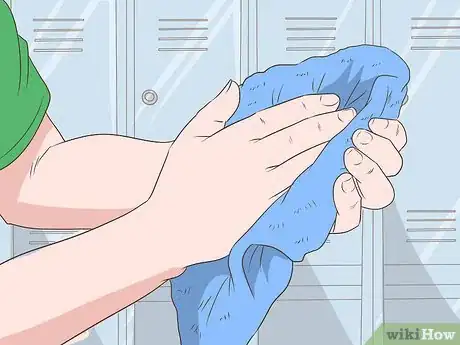
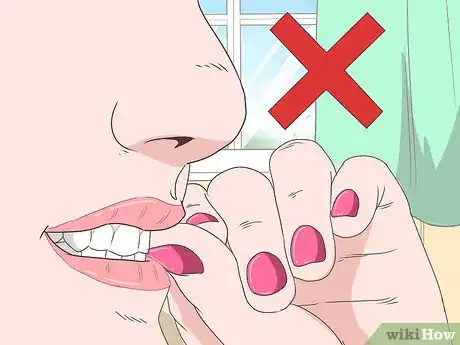
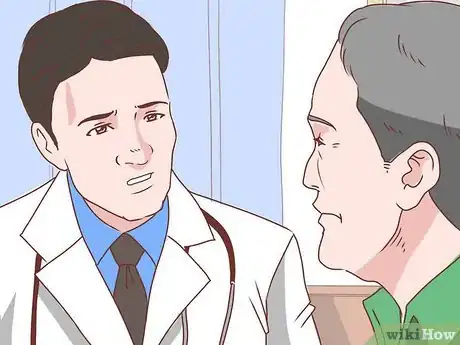

-Step-14-Version-2.webp)
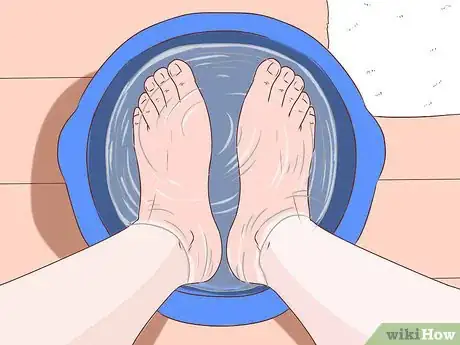


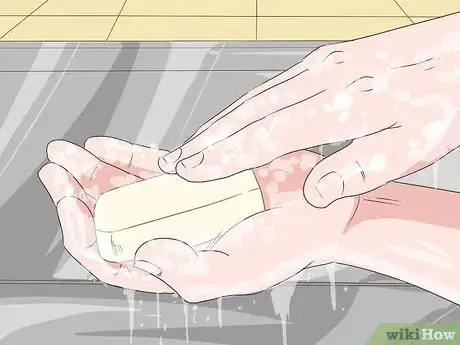



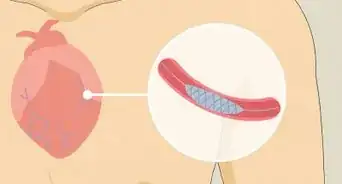

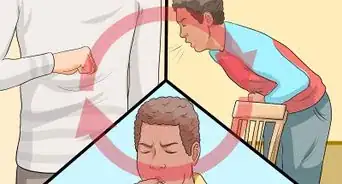
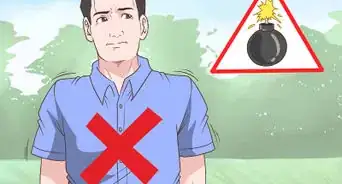
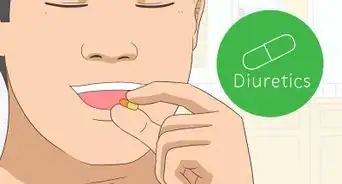


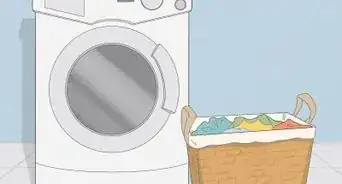

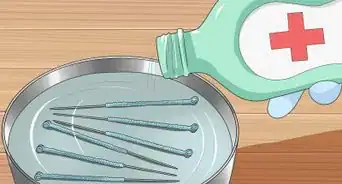












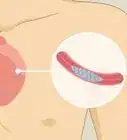
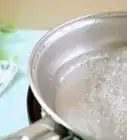



































Medical Disclaimer
The content of this article is not intended to be a substitute for professional medical advice, examination, diagnosis, or treatment. You should always contact your doctor or other qualified healthcare professional before starting, changing, or stopping any kind of health treatment.
Read More...